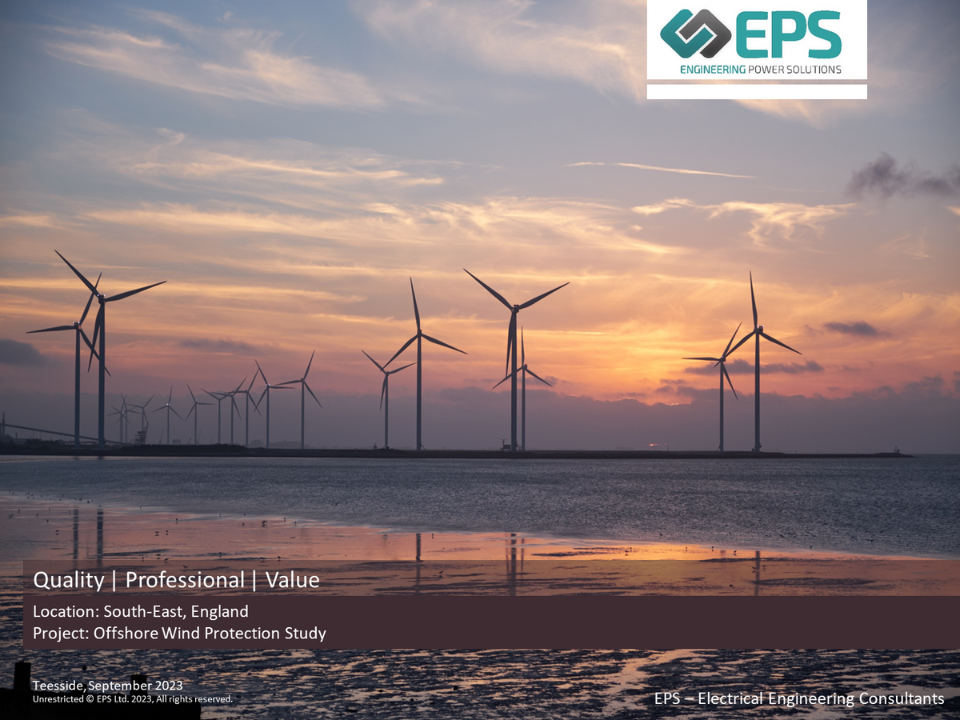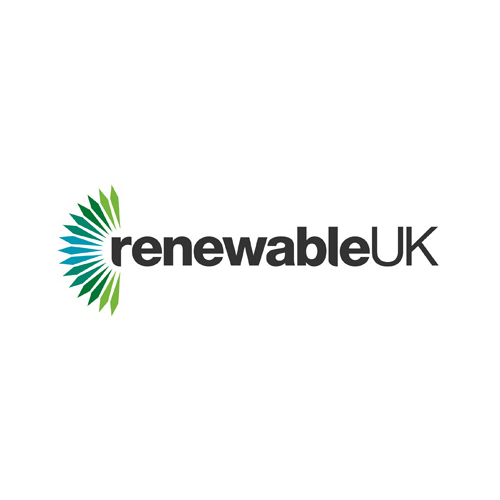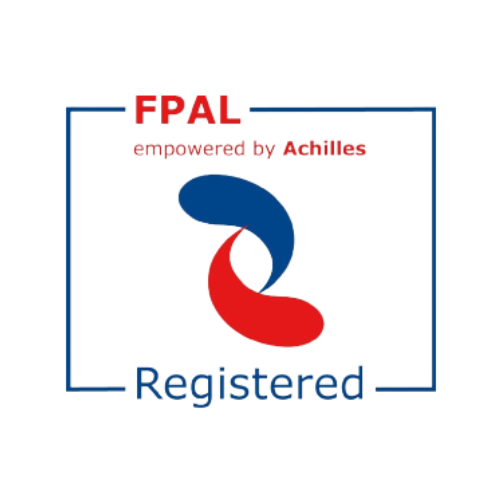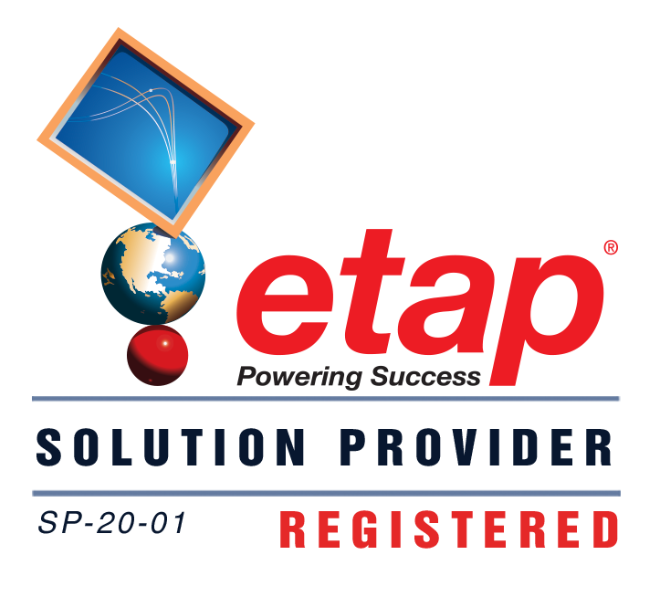As the UK moves towards a greener and more sustainable future, more and more renewable energy sources are being connected to the National Grid. This is an important step in transitioning to a low-carbon economy, but it also requires careful consideration of several factors. Engineers must be aware of the grid’s compatibility, stability, capacity, access, and codes and regulations when connecting renewable technology to the grid. Let’s look at each consideration in more detail:

Grid Compatibility And Stability
It is essential to ensure that connected renewable technology is compatible with the existing grid infrastructure. This includes ensuring that the voltage and frequency of the renewable source match that of the grid. In other words, the renewable energy source must be capable of generating electricity at the required voltage levels and conform to the grid’s frequency standards, typically 50 or 60 Hz, depending on the region.
Any deviations from these parameters can lead to power quality issues, such as voltage fluctuations, harmonics, or frequency variations, which may compromise the stability and performance of both the grid and connected equipment. The system must be able to handle sudden changes in load or generation without disruption or damage to any components, so individual components must also be compatible with one another and operate together safely at their rated voltage and frequency.
A compatibility assessment will establish cross-compatibility through rigorous testing and analysis, encompassing a range of operational scenarios and environmental conditions. This process verifies that the interconnected renewable energy system can function effectively under various load conditions, respond to grid disturbances or faults, and comply with established grid codes and interconnection standards.
Grid Capacity
The grid’s capacity must be sufficient to accommodate both current and future loads, as well as any additional power generation from renewable sources. This requires striking a careful balance between the amount of electricity generated and the amount used, as well as an understanding of how much power is needed to support the grid and may necessitate upgrading the existing infrastructure or constructing new transmission lines. Grid-scale storage systems can also help maintain stability on the grid by providing short-term energy storage when demand exceeds supply.
Grid Access, Codes And Regulations
Grid access, a crucial aspect of integrating renewable energy technologies into the existing power infrastructure, entails several technical, regulatory, and administrative steps. To initiate a grid connection, project developers must engage in negotiations and consultations with grid operators or Transmission System Operators (TSOs) and Distribution System Operators (DSOs). These discussions focus on determining the most appropriate location for interconnection, ensuring compatibility with the existing grid infrastructure, and identifying potential upgrades or reinforcements needed to accommodate the new renewable energy source.
Codes And Regulations
Grid codes and regulations govern the connection of renewable technologies to the grid. The submission of applications and permits therefore forms an integral part of the grid access process. Project developers must comply with various regulatory requirements, such as grid codes, interconnection standards, and technical specifications that govern the operation, performance, and safety of the interconnected system. The application process typically includes submitting documentation detailing the proposed renewable technology, its capacity, interconnection points, system design, and any necessary environmental impact assessments.
Once submitted, grid operators will review the application to ensure that the proposed renewable project meets all required criteria and does not adversely affect the stability, reliability, or efficiency of the power grid. The evaluation may involve complex power flow analyses, fault studies, and contingency planning to assess the project’s impact on the grid’s overall performance.
Upon successful evaluation and approval, grid operators will issue permits allowing the project to proceed with the construction and commissioning of the renewable energy facility. The final stage of the grid access process involves extensive testing and verification to ensure seamless integration with the existing grid infrastructure, compliance with relevant standards, and the safe and efficient operation of the interconnected system.
Please note that these codes and regulations may differ from country to country and are subject to change. It is important to stay up to date with the latest codes and regulations to ensure compliance.
Energy Management Systems
An energy management system (EMS) optimises the utilisation of renewable energy sources by managing and controlling the flow of energy between these sources and the grid. Through advanced algorithms, real-time data monitoring, and predictive analytics, an EMS enables seamless integration of renewable technologies, such as solar, wind, and hydropower, into the grid infrastructure while ensuring stability, reliability, and efficiency.
At the core of an EMS is a suite of software applications and hardware components that work in tandem to continuously monitor and analyse various parameters, including energy generation, consumption, grid conditions, and weather forecasts. This information is used to make informed decisions on the optimal allocation and dispatch of energy resources, considering factors like peak demand periods, energy storage capacity, and grid constraints.
An EMS can also facilitate better demand-side management by optimising demand response, load shedding, and peak shaving. These strategies help balance the supply and demand of energy, reduce the need for conventional power plants, and minimise the strain on the grid during periods of high electricity consumption.
Find Out More
At Engineering Power Solutions, we offer a range of strategic power management solutions for businesses in the energy, renewables, manufacturing, and offshore sectors, helping you ensure full compatibility when connecting renewable power sources to the National Grid. To find out more, please call 01642 987240 or click here today.










